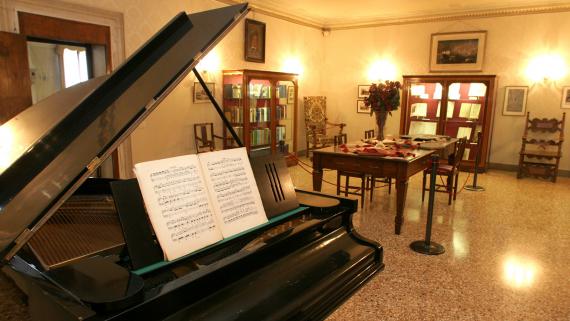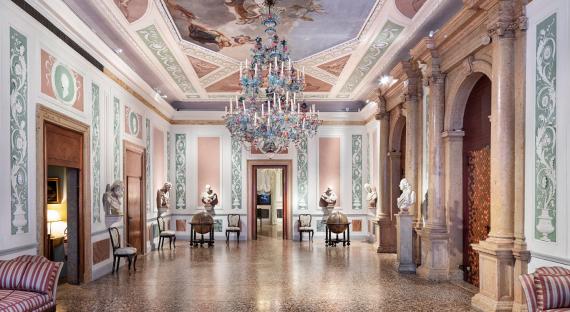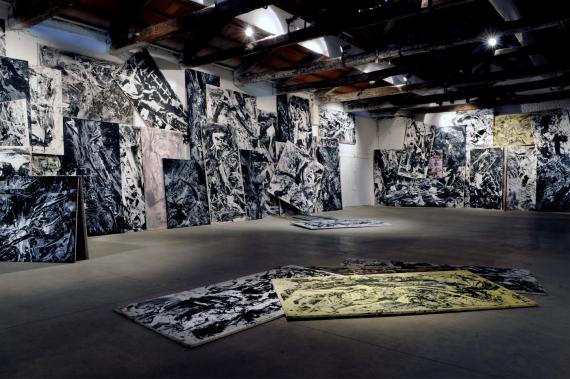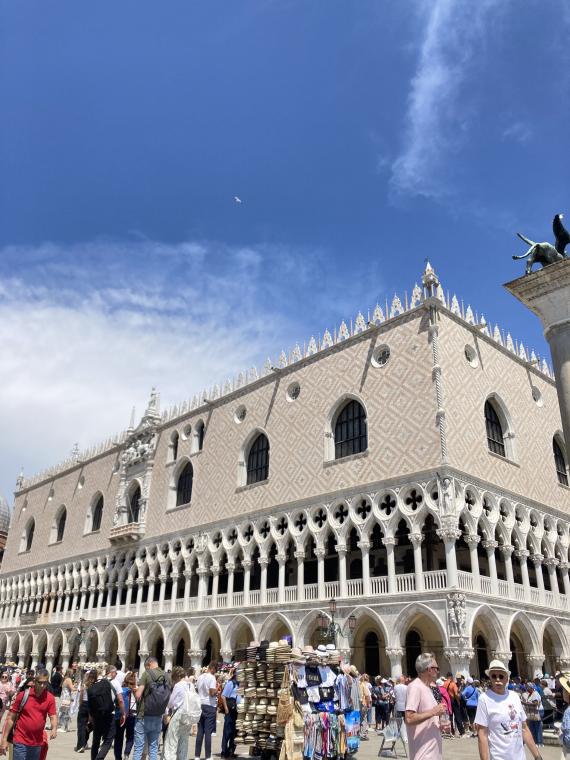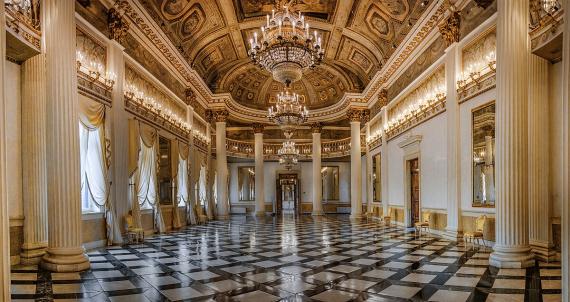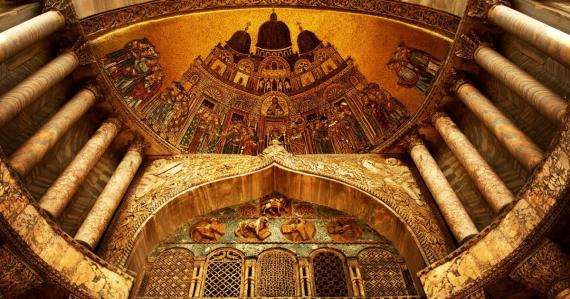The 15th century palace Cà Vendramin Caliergi houses the Wagner Museum.
Overlooking the Grand Canal, the museum is today the municipal Casino, but not all the building, in fact the mezzanine floor host the museum to celebrate the great composer Richard Wagner (Lipsia 1813, Venice 1883).
In the heart of Venice, a stone’s throw from Piazza San Marco, is one of the most interesting cultural complexes in the city of the lagoon: Palazzo Querini Stampalia, the home of the Foundation of the same name created in 1868 by Count Giovanni, who died the following year with
Created by Emilio Vedova and his wife Annabianca, the Emilio and Annabianca Vedova Foundation, is located in Dorsoduro 42, at the Zattere in Venice. The main aim of the Foundation is to promote art and works of Emilio Vedova through a series of cultural initiatives
Extraordinary example of Venetian civil-Gothic architecture, house of Doges and headquarters of the highest civil magistratures, it is the symbol of the city, the highest representation of the power and glory of the Serenissima Republic.
Inside the palace, it is possible to visit the halls of the Major Council, the Senate, the Electoral college, all decorated with paintings by Tintoretto, Tiziano and Veronese, and also the Doge’s rooms, the famous Council of Ten, the armory and the prisons.
A fascinating itinerary to discover the art and history of Venice, winding from the Napoleonic Wing to the neoclassical halls, with sculptures by Canova, to the Procuratie Nuove, with historical collections describing Venetian Culture and Ancient Art Collection.
On the second floor, a rich collection of Venetian painting from its origin to the 16th century and the Renaissance Museum.
There are many treasures you can admire inside Saint Mark’s Basilica, such as the famous Pala D’Oro -a Gothic-Byzantine goldworking-, a collection of religious art’s findings mainly consisting on oriental antiques dated back between 6th and 12th century, brought to Venice after the conquest of Constantinople in 1204, but also of Venetian and Western goldworking’s work.

